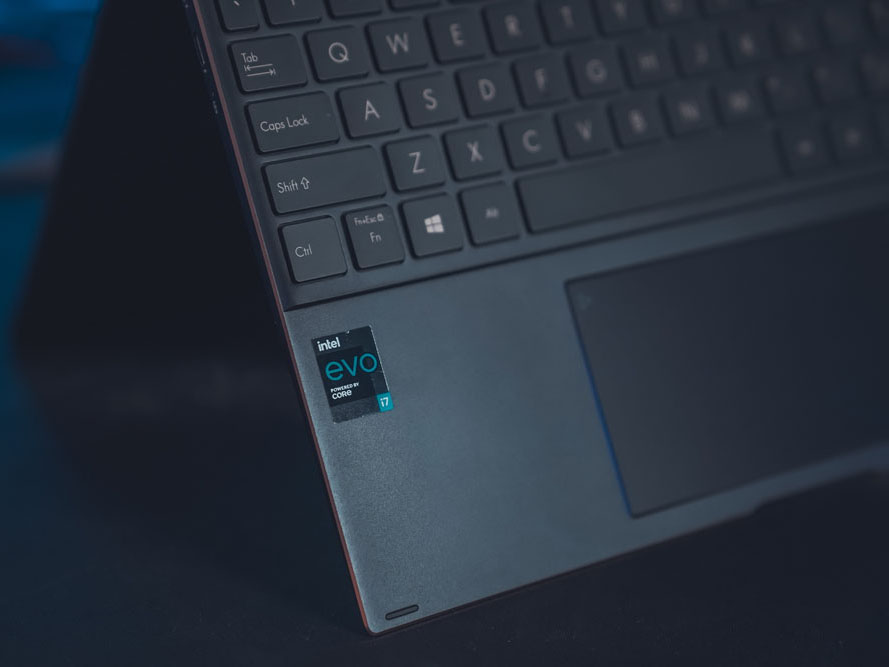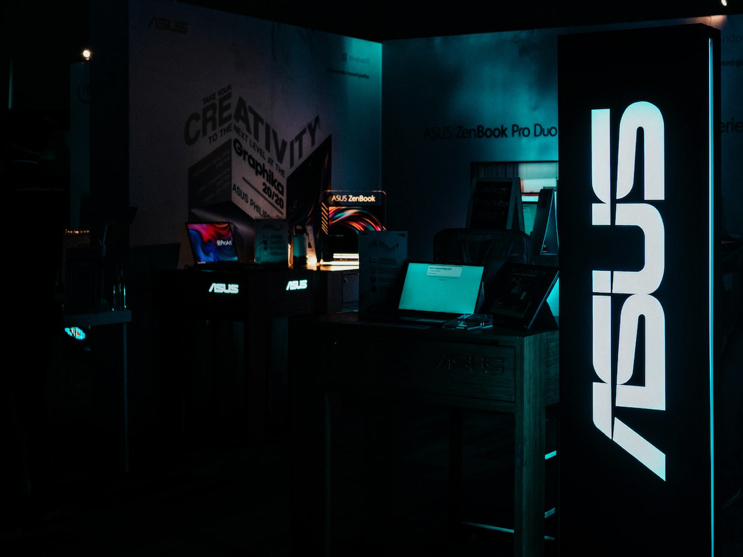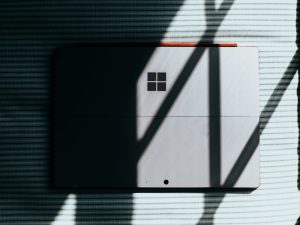
When it comes to laptops, some people prioritize power over everything else, while others prize portability. There is, of course, a range of options between the two, but if you fall on the latter end of the spectrum, a 13-inch laptop might be your ideal size.
This size offers an optimal balance between portability and usability, with a screen that's large enough to work on comfortably yet small enough to slip into most bags effortlessly. With so many manufacturers producing 13-inch laptops, it can be challenging to narrow down your options. That's why we've compiled this guide to help you make an informed purchase decision. From entry-level models to high-end powerhouses, we'll cover everything you need to know to find the best 13-inch laptop for your needs. So, sit tight and read on for our breakdown of what makes a great 13-inch laptop, as well as a comprehensive list of recommendations at various price points.
Best processors found in 13 inch laptops
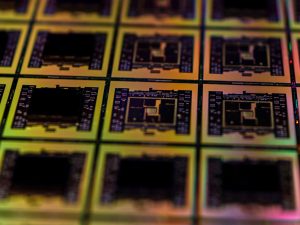
When it comes to choosing a processor for your 13-inch laptop, there are several options to consider. Apple has released laptops with ARM-based M-series chips, while AMD and Intel offer options for both Windows and macOS systems.
For those who want an efficient, well-rounded option, Apple's M-series chips are a great choice. These chips offer exceptional single-core performance and battery life, making them ideal for tasks like web browsing and light productivity.
On the Windows side, AMD has captured a significant portion of the laptop CPU market, with plenty of notebooks sporting Ryzen CPUs. Intel also has options available, including the latest 13th-generation Core processors and previous generation Core CPUs that can provide a lot of value.
When it comes to choosing the right CPU for your needs, it's essential to consider what you'll be using your laptop for. If you're a gamer, developer, or power user, you'll want a high-end CPU that can handle intensive tasks. However, if you're just using your laptop for light daily use, a lower-end processor may be sufficient.
Here are some recommended processors based on your performance needs:
| Performance Level | Intel | AMD |
|---|---|---|
| Minimum | i5-1235U | Ryzen 5 6600U |
| Recommended | i5-12500H, Apple M2 | Ryzen 5 6600H |
| High-end | i7-12700H | Ryzen 7 6800H, Apple M1 Pro |
Overall, choosing the right processor for your 13-inch laptop depends on your specific needs and usage requirements. By considering factors such as battery life and performance benchmarks, you can select a processor that will provide the best balance of power and efficiency for your needs.
Do you need a dedicated GPU?
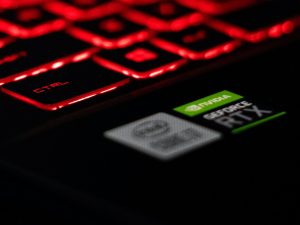
When it comes to graphics cards in laptops, Nvidia continues to dominate the market. However, the laptop GPU market is still primarily comprised of RTX 30 series cards, with the new RTX 40 series just starting to hit the shelves. It's worth noting that there is now a wider gap between power-limited notebook graphics and desktop graphics cards as desktop GPUs have become more power-hungry.
If you're looking for a lightweight ultrabook for daily tasks, you won't need a dedicated GPU, but if you're looking for a 13-inch gaming laptop, you'll need a discrete graphics card. Unfortunately, 13-inch laptops rarely come with a discrete GPU, and when they do, they often have limited power delivery, meaning that they may not perform as well as larger laptops with the same GPU.
Nvidia dominates the laptop graphics card market, so we will focus primarily on their offerings. To compare different GPUs in various notebooks, we'll use 3DMark, which offers an overall score that can be used as a proxy for real-world gaming performance. However, this may not be enough as some laptops can't deliver 100% of their graphics potential due to limited power delivery. Throttled GPUs are common in thin and light notebooks, so it's essential to check the allocated power (watts) to the GPU in a specific laptop model's spec sheet.
One significant issue with small laptops is their limited cooling, as there's less space for pipes and fans. Therefore, if you're primarily looking to game on your laptop, I wouldn't recommend going for a 13-inch laptop.
Here are my recommendations for the best GPUs in each price bracket:
- Minimum: high-end integrated GPUs like Iris Xe or AMD RDNA 2.
- Recommended: RTX 3060.
- High-end: RTX 3070 Ti or RX 6800M.
Remember, these are just recommendations, and your decision should be based on your specific needs and budget.
Don't forget the memory
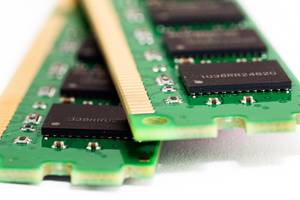
When shopping for a new 13-inch laptop, you're probably wondering which RAM option is the best for you. After all, these petite devices are often a bit more limited when it comes to upgradability. But don't worry, we have some pointers for you that will help you pick the right amount of RAM for your needs.
The minimum RAM for a laptop these days is 8 GB, but if you're shopping for a Chromebook or Windows laptop, we suggest bumping that up to 16 GB. This amount of memory should provide plenty of power to take on day-to-day tasks. If you're a pro user, however, then you'll probably want to bump that up to 32 GB, as it will provide you with enough memory to handle even the most resource-intensive applications.
We're currently in the transition period between DDR4 and DDR5 RAM, so if you want the latest and greatest, then go for DDR5. However, DDR4 still provides enough power for the vast majority of users, so don't feel like you have to rush out and get the newest generation.
When it comes to the price level, you should expect to pay a bit extra for higher amounts of RAM. 8 GB models are the most affordable, 16 GB should be within the mid-range price point, and 32 GB will cost a bit more.
In conclusion, for a 13-inch laptop, we suggest at least 8 GB of RAM, but if you want more power and don't mind spending a bit extra, then 16 GB or 32 GB should be the way to go.
SSDs in 13-inch laptops
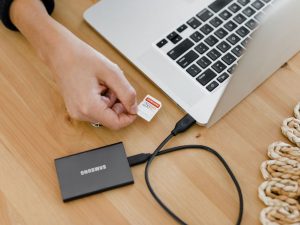
SSDs have taken over the laptop storage market, with PCIe M.2 (usually NVMe) SSDs becoming the standard. In this section, we'll help you decide on the right SSD for your 13-inch laptop.
What's new in the land of SSDs
Gone are the days when HDDs and even SATA SSDs were commonplace. Nowadays, nearly every SSD provides well beyond the needed performance for daily tasks, even for professionals. If you need the best 13" laptop, it makes sense to check 3rd party reviews for SSD performance benchmarks.
What are your storage capacity needs?
13-inch laptops vary widely in their storage capacity. From tablet-like Chromebooks with 64 GB to high-end 2 TB Windows notebooks and MacBook Air configurations. If you've no idea how much capacity you're using, you're probably not a "techie" and don't need much beyond 250 GB. This is a popular budget configuration for most popular ultra-mobile laptops and 2-in-1s such as MacBook Air, Surface Laptop, Dell XPS, and the like.
Small laptops usually come with soldered storage
One of the disadvantages of a 13-inch laptop is that you have a dog's chance of having multiple SSDs, so some setups are simply out of the question. At best, your SSD will be replaceable.
Who should care about storage performance?
Nowadays, nearly every SSD provides well beyond the needed performance for daily tasks, even for professionals. If you need the best 13" laptop, it makes sense to check 3rd party reviews for SSD performance benchmarks. If you're creating content, you'll need to resort to an external storage or NAS solution.
Table of recommended SSD configurations depending on your budget class
| Budget | Configuration |
|---|---|
| < $900 | 500 GB |
| Mid-range | 1 TB |
| High-end (~$2k+) | 2 TB |
Based on our experience, we recommend a minimum of 250 GB for your 13-inch laptop. If you're unsure about your storage capacity needs, go for 500 GB. If you're a power user or a content creator, consider 1 TB or higher configurations.
What types of display to avoid?
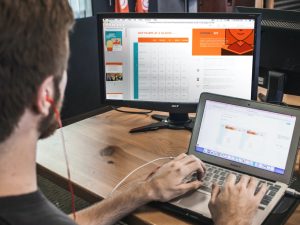
When choosing a laptop, the display is one of the most crucial factors to consider. However, before diving deep into the technical details, you should first ask yourself if you even need a high-quality display or if a more budget-friendly option will suffice.
As 13-inch screens are relatively small, going beyond Full HD resolution may not be necessary. While some premium brands offer higher resolutions resulting in 200+ PPI, they may not be required if you're not looking for the best 13-inch laptop.
The current standard for laptop screens is an IPS or IPS-level screen, while TN is only found in the cheapest laptops. For budget picks, TN panels may be considered, while IPS-level panels are recommended for mid-range options. OLED is becoming increasingly prevalent, and mini LED backlighting may be found on professional laptops.
If you're a gamer, high refresh rate screens are essential, while HDR displays are somewhat niche but can be found if you're willing to spend a bit more. When examining the quality of a display, look for metrics like brightness, contrast ratio, and color gamut coverage, which may not always be shared by the manufacturer.
Here are my recommended laptop screen specs by use-case and price range:
| Use-case | Minimum specs | Recommended specs | High-end specs |
|---|---|---|---|
| Everyday use | IPS; 300 nits | IPS; 350 nits; 90% Adobe RGB | IPS mini LED/OLED; 400 nits; 95%+ P3 |
| Business use | IPS; 300 nits | IPS; 400 nits; 90% sRGB | IPS mini LED/OLED; 500 nits; 95%+ P3 |
| Gaming | IPS-level; 120 Hz | IPS-level; 144 Hz; 90% sRGB | IPS-level OLED; 240 Hz; 100% DCI-P3 |
| Creatives | IPS; 400 nits; 100% sRGB | IPS mini LED/OLED; 500 nits; 100% Adobe RGB | IPS OLED; 600 nits; 100% DCI-P3 |
In summary, choosing the right laptop display depends on your use-case and budget. Whether you're a gamer, creative professional, or everyday user, there are options available to suit your needs.
What battery life to expect out of a 13-inch laptop?
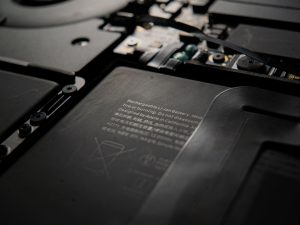
When it comes to choosing a laptop, battery life is a critical factor to consider, especially if you're someone who's always on the go. Battery technology has improved significantly, and now, decently good battery life (6 hours or more) is achievable even in budget laptops.
However, the more power-hungry components such as CPU, GPU, and bright high-refresh-rate displays can take their toll on the battery runtime. So, it's essential to strike a balance between performance and battery life.
One area where small 13-inch laptops excel is battery runtime since they have smaller displays, more power-efficient processors, and no power-hungry discrete graphics. But getting a day-long battery life will be a challenge if you're looking for a budget Chromebook or an entry-level Windows laptop.
If you've decided on a laptop with high-end performance-oriented components, you will get a shorter battery life than a more power-efficient yet slower configuration would yield. Therefore, it's best to look for the exact laptop model battery runtime benchmarks in your most applicable case – watching movies, browsing the web, or fully stressing the system.
It's also important not to take advertised battery runtimes at face value as they may not be realistic in real-world scenarios.
If you're looking for a 13-inch gaming laptop and want a long battery life when you're not gaming, look for a model with the Advanced version of Nvidia Optimus technology. This tech allows switching between the integrated and power-hungry discrete GPU at the hardware level (MUX-switch).
Here's a table of average battery life by price range:
| Price Range | Minimum Battery Life | Recommended Battery Life | High-end Battery Life |
|---|---|---|---|
| Budget | 6 hours | 8 hours | 12 hours |
| Mid-range | 8 hours | 10 hours | 14 hours |
| High-end | 10 hours | 12 hours | 16 hours |
In summary, when choosing a laptop battery for a 13-inch laptop, aim for at least 6 hours of battery life in the budget range, 8 hours in the mid-range, and 10 hours in the high-end. Keep in mind that other components can affect battery life, so look for benchmarks specific to your use case.
4 Best Laptops for 13 inch
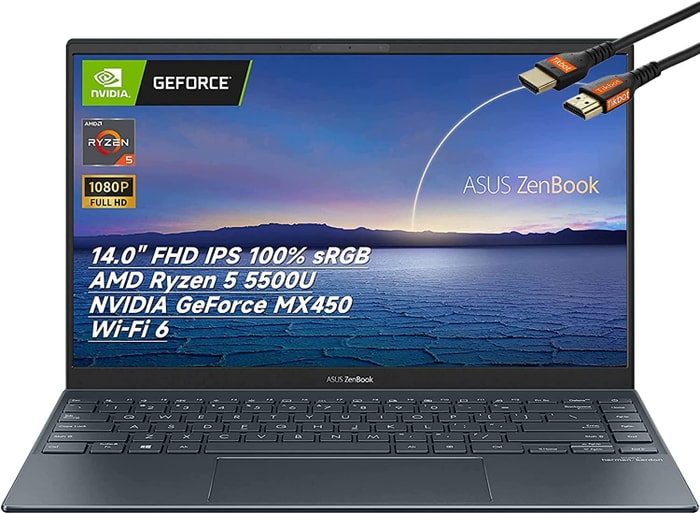 $640
$6401.ASUS Zenbook
ASUS Zenbook: A Powerful 13-inch laptop with sleek design and long battery life.- Compact and lightweight
- Excellent battery life
- Powerful 8-core Ryzen CPU
- Sleek design
- Soldered RAM that cant be expanded
- Only a few ports
- Fan behavior can be annoying at times
- Weak Wi-Fi
Summary
The ASUS Zenbook is a great option for those who want a slim and lightweight 13-inch laptop with powerful 8-core Ryzen CPU, excellent battery life and a bright display. However, it comes with a few downsides such as limited ports and soldered RAM.
Reviews
Alternatives
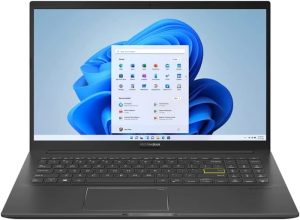 $690
$690ASUS VivoBook 15 OLED
- Lightweight and portable.
- Excellent OLED screen with good color space coverage.
- Below average battery life.
- Keyboard can be tiring to type on for extended periods.
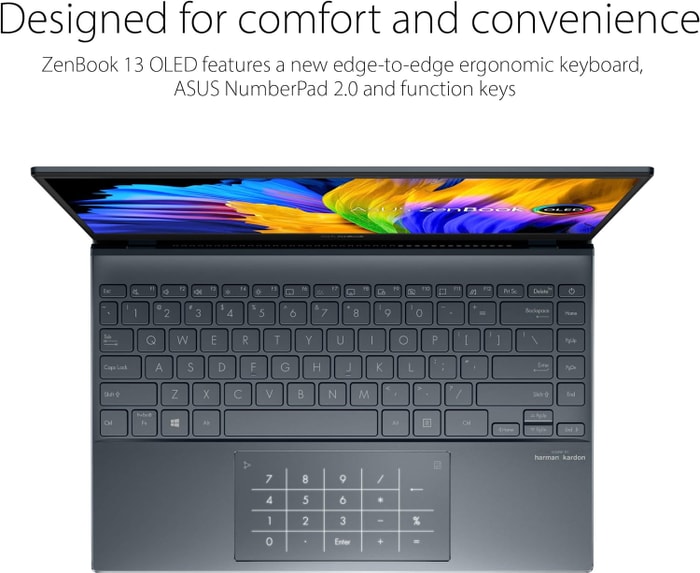 $730
$7302.ASUS ZenBook 13 UX325EA-EH71
ASUS ZenBook 13 is a powerful, long-lasting ultrabook with a few minor flaws.- Sleek, lightweight design
- Powerful overall and gaming performance
- Excellent battery life
- Very comfortable keyboard
- Weak speakers
- Display could be brighter
- No headphone jack
Summary
The ASUS ZenBook 13 is a powerful and long-lasting laptop with Intel's new 11th Gen chips, and it is available with both Intel and AMD processors. It has a sleek, lightweight frame, excellent battery life, and a comfortable keyboard. However, it has weak speakers, a display that could be brighter, and no headphone jack.
Reviews
Alternatives
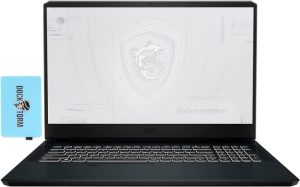 $800
$800MSI WE76 11UK
- Solid processor (i7-11800H)
- Solid graphics card (RTX A3000)
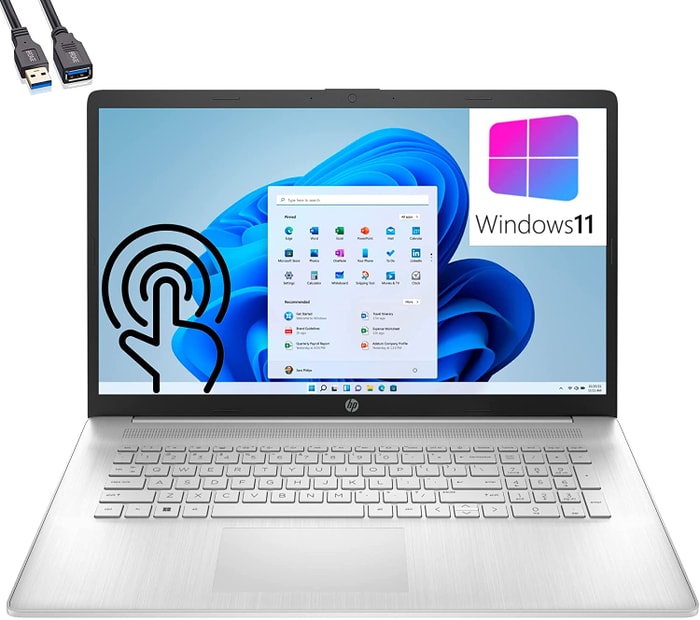 $1,380
$1,3803.HP 17
13 inch laptop- Great memory amount (64GB)
- Featherweight (0.37 lbs)
- Herculean 4TB SSD
- Numpad
- Not the best processor (i7-1255U)
- No IPS Panel (worse contrast)
Alternatives
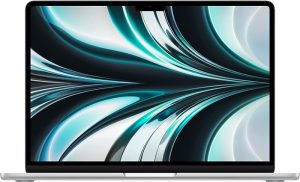 $1,350
$1,350Apple MacBook Air M2
- Sleek and slim design
- Brighter display with P3 and wo PWM
- Lower efficiency than the M1 SoC
- Higher price tag and costly upgrades
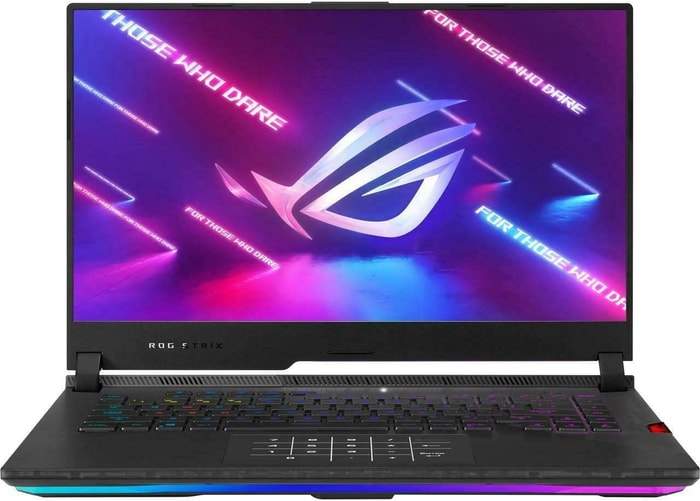 $2,310
$2,3104.ASUS ROG Strix Scar
ASUS ROG Strix Scar 15 G533: A powerful and fast 13-inch gaming laptop with concerns over emissions and power draw.- Sturdy construction
- Fast Wi-Fi 6E
- Excellent response times and no PWM
- Wide color gamut coverage with Dolby Vision support
- Limited display angle
- No biometric login
- High heat and noise emissions under load
Summary
The ASUS ROG Strix Scar 15 G533 is a strong performer with its WQHD 240Hz panel, Intel Alder Lake Core i9-12900H, and dedicated Nvidia RTX 3070 Ti with MUX switch. While it checks most boxes for gamers, it suffers from high heat, noise emissions under load, and SSD throttling during continuous reads.
Reviews
Alternatives
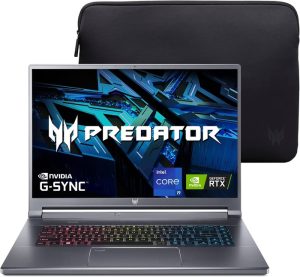 $2,500
$2,500Acer Predator Triton 500
- High performance capabilities
- Excellent, bright 240-Hz display
- Soldered-in RAM
- Inaccessible SSD
Table of the Best Laptops for 13 inch
| Laptop | Price (approx) |
| ASUS Zenbook | |
| ASUS ZenBook 13 UX325EA-EH71 | |
| HP 17 | |
| ASUS ROG Strix Scar |
